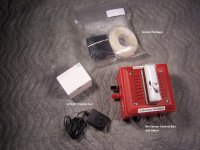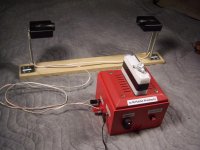I am new to the forum but have been around for some time. I bought a CV1800 a couple of years ago just when we were in transition of moving and have yet to get it set up. Still in boxes! I know it's hard to think of spending that much money and have it sitting around! Anyway, I'm finally getting my dedicated space! I am putting the finishing mud on the drywall of the converted space. We have a 3 car garage that I have partitioned off one bay of. The space is 12' x 21' x 10' fully insulated with roxul and new wiring. Heat and cooled with wall unit! The dust collector will be located in the closet in the 2 bay side. Closet is 41" x 48" x 10' also insulated with roxul. My question is about the exhaust. Do I need to exhaust back into the shop or the 2 bay side? What is the reasoning behind this? The garage is attached and I replaced the pink insulation in that wall with roxul and am going to put 2 layers of drywall on that with silicone between to help with vibrations. On the other side of house wall is a closet for the mud room so it shouldn't be a huge problem. I am wanting to finish this shop area up soon and get it painted so any help on the installation of the cyclone would be greatly appreciated!!! I have thoroughly enjoyed everyone's pictures on the gallery side as well!
Any other ideas on the wiring and bin sensor would be greatly appreciated as well!
Thanks!!
Any other ideas on the wiring and bin sensor would be greatly appreciated as well!
Thanks!!



